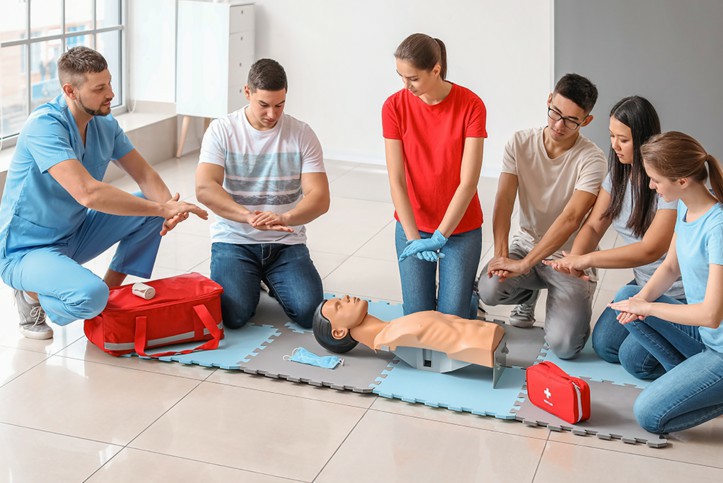


 349,500 Offered Certificates
349,500 Offered Certificates
 24/7 Online Training
24/7 Online Training
 Money Back Guarantee
Money Back Guarantee
 Fully Accredited Courses
Fully Accredited Courses

Created at: 25-02-2025 20:54
In today’s fast-paced work environment, having a team equipped with First Aid and CPR training is non-negotiable. Understanding basic life-saving skills can mean the difference between life and death. This comprehensive guide outlines the vital importance of First Aid Certification for businesses and employees, emphasizing how it enhances safety, reduces injury rates, and ensures compliance with Irish health and safety regulations.
Every workplace faces unique challenges, particularly when it comes to emergencies. First Aid and CPR training provide employees with the necessary knowledge and skills to respond effectively. It develops confidence, preparedness, and a proactive mindset among workers.
One of the most critical components of First Aid training is mastering CPR techniques. All employees should be proficient in:
In Ireland, every employer must comply with specific health and safety regulations, which often necessitate First Aid training. Regulations stipulate the requirement for trained personnel and well-equipped first aid kits, as well as emergency response plans tailored to workplace specifics.
When an emergency arises, having an organized response plan is key. Here are critical steps:
The rise of online education has made First Aid training more accessible than ever. Consider factors such as:
Your emergency response plan should include:
In conclusion, investing in First Aid & CPR training not only enhances the safety and compliance of your workplace but also empowers your employees with critical skills they need in emergencies. Don’t wait for a crisis to highlight the importance of preparedness. Enroll today in our comprehensive training courses, ensuring your team is ready to act when every second matters!
For more information, contact us at [email protected].